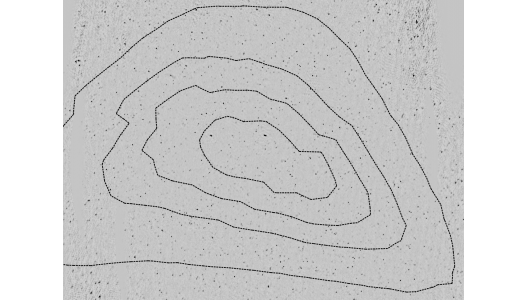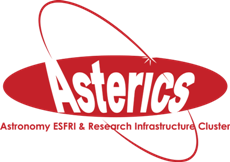Using LOFAR to follow-up sources of Gravitational Waves
Jess Broderick and Antonia Rowlinson (ASTRON, the Netherlands) - ASTERICS Work Package 5
We have now entered the exciting era of multi-messenger transient astronomy with the detection of merging neutron stars via both its gravitational waves (by Advanced LIGO and VIRGO) and its electromagnetic emission (by many facilities from gamma-ray to radio). This amazing discovery is leading to a wealth of information that scientists will be reaping rewards from for many years. The LOw Frequency ARray (LOFAR) transients team have been chasing the electromagnetic counterparts to these events using LOFAR since the Advanced LIGO detectors were turned on. When the gravitational wave detector finds a source, we decide if we are going to trigger on it and then activate our follow-up campaign. We make snapshot images, repeating every few months, of the region in which the gravitational wave source is thought to originate from and search for new sources appearing in the images. To date, we have used LOFAR to search for counterparts from black hole mergers and the recent neutron star merger. In the future, we will use the newly commissioned rapid response mode for LOFAR to search for a bright radio flash at the time of the merger.

This LOFAR image is one of the observations obtained as part of our follow-up campaign for GW 150914, a black hole merger, which was the first event detected by Advanced LIGO. The contours are from a region of the probability map provided by Advanced LIGO a few days after the detection (Abbott et al. 2016, ApJ, 826, L13). Image credit: J. Broderick, A. Rowlinson.
- [node:title]
- [Topic: Multi-messenger astrophysics]
- The LOFAR Rapid Response Mode
- 1 of 4

 ASTERICS is a project supported by the European Commission Framework Programme Horizon 2020 Research and Innovation action under grant agreement n. 653477
ASTERICS is a project supported by the European Commission Framework Programme Horizon 2020 Research and Innovation action under grant agreement n. 653477